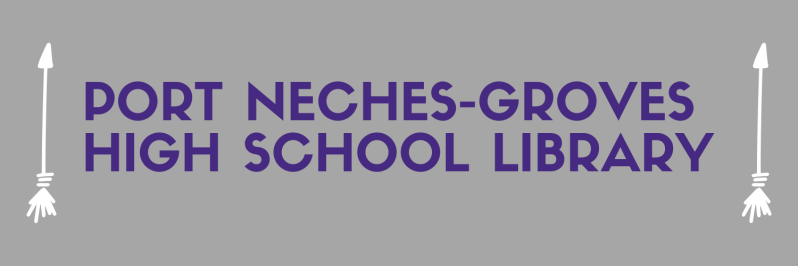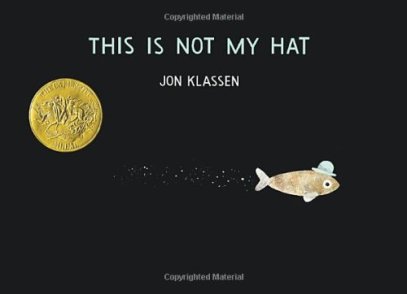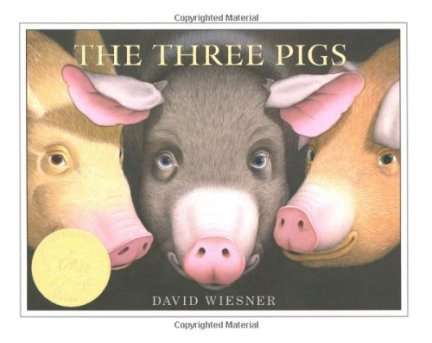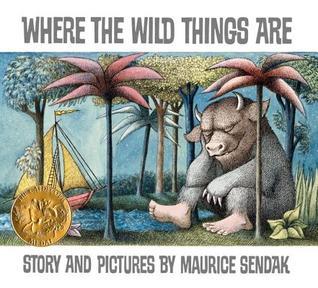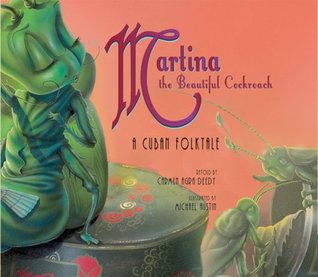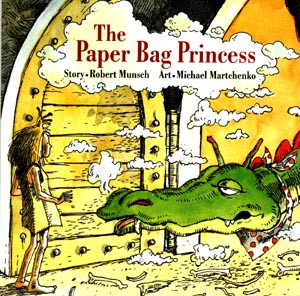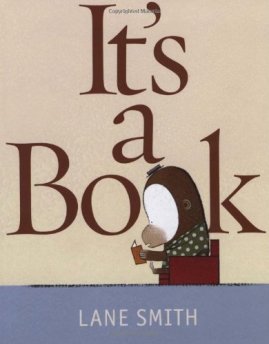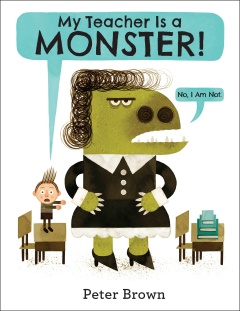
Singer, M. (2010). Mirror, Mirror. NY: Dutton.
Mirror, Mirror is a book of reverso poems that can be read from top to bottom and bottom to top. This book specifically focuses on fairy tale poems. Each reverso shows two perspectives from main characters of each story. These poems exhibit the multiple viewpoints from which a story can be understood.
Visual Elements of Art:
Line-
Mirror, Mirror is a book of reverso poems that are each separated by an invisible line. This line between each poem shows the contrast and change of perspective for each poem. In most of the poems, the readers sees the perspective of the protagonist versus the antagonist. One example is Goldilocks and the Three Bears. The separation of these poems solicits the question of whether it was the bears’ fault that they did not lock their door.
Composition-
Mirror, Mirror exhibits all of the characteristics mentioned in previous sections: lines, shapes, color, and texture. There is an invisible line that separates and shows the contrast between the two poems that are displayed on each page. This concept is described in detail above in the line section of this presentation. Shapes and colors are very important in Mirror, Mirror as the villains are seen with more pointed and angular features and darker clothes while the protagonists are softer and more rounded with light, bright clothing. This concept is seen through the characters of Snow White and the Wicked Queen; Snow White has a kind, round face and is wearing light blue and yellow while the queen has extremely pointed features and is wearing deep red and black. Finally, the visual texture of these poems is enhanced by Josee Masse and his use of both shading and three dimensional images.
Evaluative Criteria:
Style-
Mirror, Mirror is packed with stylistic elements that enhance the writing of each reverso poem. Singer uses imagery, allusions, and so many more literary devices throughout this collection of poems. The “fragrant green air” in the Jack and the Beanstalk poem and the description of the “moist muzzle” and “hairy ear” in the Beauty and the Beast poem are great examples of imagery. The allusion aspect of the poems is the most obvious element because of the fact that all the poems allude back to fairytale stories known by most people. Mirror, Mirror could be picked apart poem by poem to reveal multiple literary and stylistic elements, but the most important is the author’s use of her reverso poem style.
